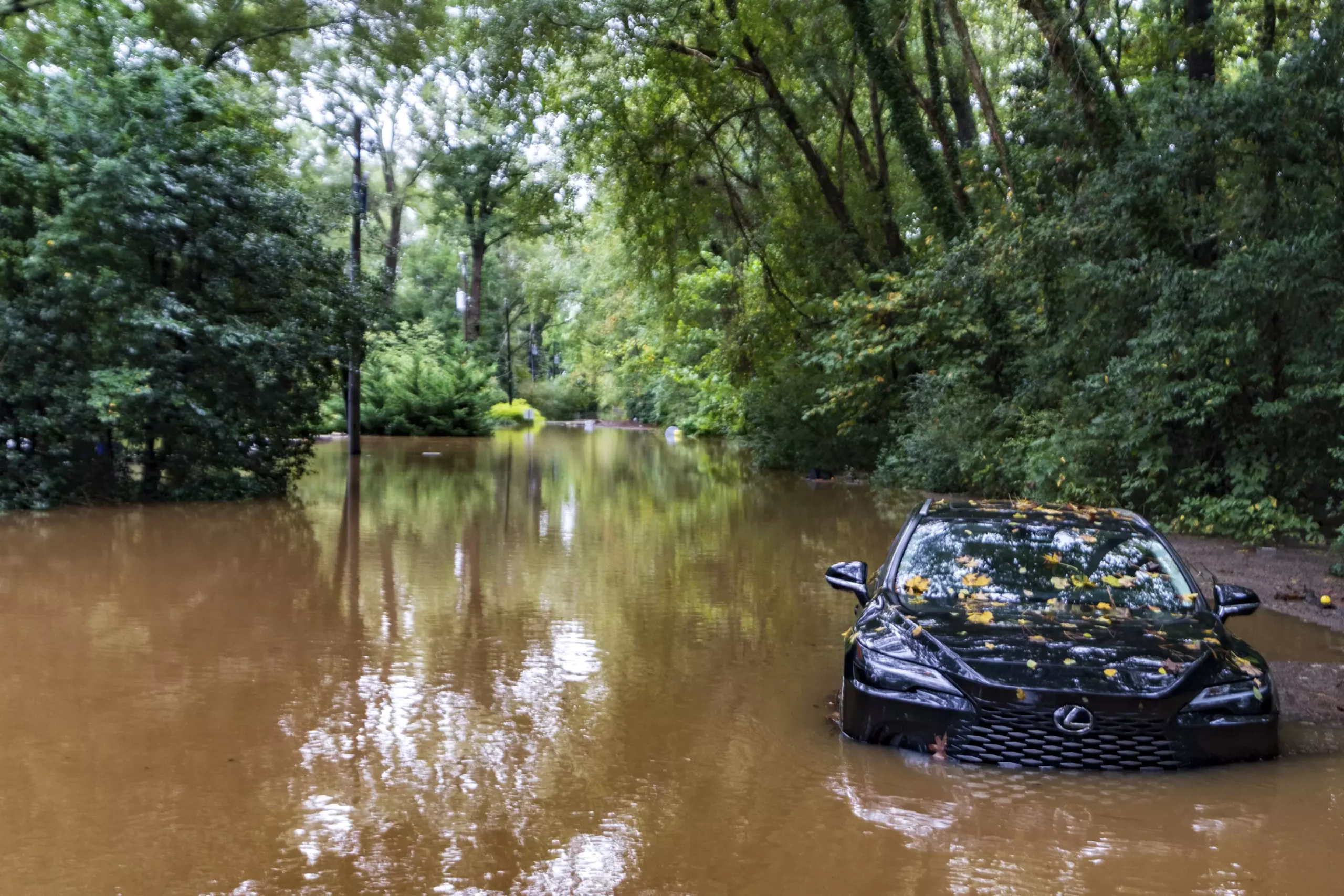As natural disasters continue to become a norm in various regions, the implications for electric vehicle (EV) owners are becoming more pronounced. The propensity of electric vehicles to catch fire in the wake of being inundated with saltwater puts extra emphasis on preparedness among owners who live in storm-prone areas. The recent warnings from Florida Governor Ron DeSantis ahead of Hurricane Helene served as a vital reminder for EV users about the importance of safeguarding their vehicles and being proactive in maintaining their battery health.
The interaction between saltwater and electric vehicles presents an entirely different set of challenges compared to conventional cars. While the occurrence of fires in electric vehicles post-flood is rare, it has happened enough times recently to raise alarms. The systemic risks arise primarily due to salt’s ability to conduct electricity, which can lead to short circuits and potential thermal runaways in vehicles stored in flooded conditions. An incident following Hurricane Ian showcased this phenomenon, with around 5,000 EVs affected and 36 igniting due to compromised batteries. Such statistics though scarce indicate a significant threat associated with these vehicles during severe weather.
Consideration must be given to why saltwater is a particular concern. The chemical composition of saltwater amplifies the risk of electrical issues because of its conductivity. In stark contrast, freshwater flooding—although problematic in its own right—has not been linked with such high incidences of ignition in electric vehicles. This diverging pattern emphasizes the need for enhanced awareness regarding the specific risks posed by different types of flooding.
As the frequency of hurricanes and flooding events increase, the onus is on electric vehicle owners to prepare adequately. Governor DeSantis’ advice to relocate vehicles to higher ground is a strategic recommendation meant to mitigate the risks associated with flooding. By doing so, owners are not just safeguarding their vehicles; they are also proactively engaging in practices that can prevent potential hazards after the storm has passed.
Nonetheless, it’s essential to consider that the threat isn’t only immediate. The degradation of battery safety can extend long after floodwaters recede. Salt remnants that remain can still present risks by facilitating short circuits, which can happen weeks or even months after initial exposure. This reality poses a serious issue for EV owners, who may mistakenly believe their vehicles are fine once the water has disappeared.
Effective preparation involves understanding not only the limitations imposed by natural disasters but also addressing the constraints faced during power outages. Keeping electric vehicles fully charged in advance of storms is akin to traditional knowledge about maintaining a full gas tank. This simple yet crucial step allows owners a more significant margin for maneuverability when circumstances become unpredictable.
During power outages, the typical infrastructure for charging electric vehicles becomes inoperative, similar to gas stations halting their operations due to lack of electricity. Hence, prudent monitoring of driving habits and charging needs could reduce reliance on immediate charging options during unexpected weather events. Comparatively, misperceptions about the utility of EVs during emergencies can lead to undue anxiety for owners when in fact, the operational differences are minor in the context of disaster preparedness.
The National Highway Traffic Safety Administration (NHTSA) and car manufacturers are increasingly prioritizing the development of more resilient battery technology. Understanding that the threat of thermal runaway can be exacerbated by saline environments, research is underway to improve design specifications that mitigate these risks. Current vehicle designs often incorporate insulation barriers and moisture seals, but as highlighted by Tom Barth of the National Transportation Safety Board, challenges still persist, particularly when vehicles are submerged in saltwater.
Safety protocols need continual reassessment and improvement as data accumulates on electric vehicle performance under adverse conditions. Proposals for updated safety standards demonstrate an essential continuing evolution in the automotive industry, particularly as electric vehicles become more integrated into everyday life.
While electric vehicles offer a promising future for sustainable transportation, owners must remain vigilant, particularly in areas susceptible to extreme weather conditions. Awareness of the risks posed by saltwater, proactive safety measures, and ongoing advancements in battery technology exemplify how stakeholders can navigate this complex landscape. Being informed and prepared can minimize risks, ensuring that electric vehicles can continue to drive forward amid nature’s challenges.


Leave a Reply